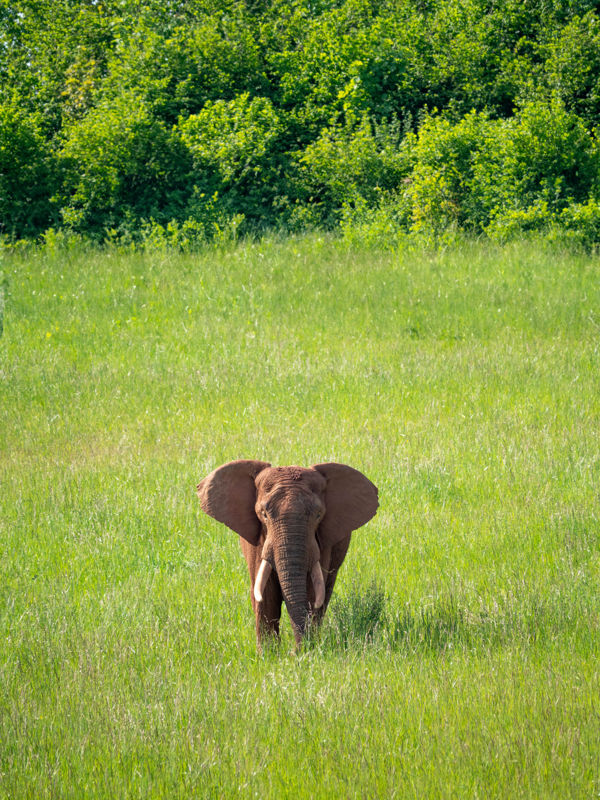Eats Shoots and Leaves
14th Nov 2011
Edinburgh Zoo has added Pandas to its collection in an effort to boost flagging visitor numbers but these Chinese animals also come at a huge cost. The bamboo eaters (hence the title of the award winning grammar book Eats Shoots and Leaves) cost around £70,000 per year to feed, which buys around 15 tonnes of the oversized grass. The bamboo is actually imported from relatively nearby – a farm in Holland – but the frequency with which it has to be brought over still racks up the cost. It is then loaded onto a truck near Amsterdam and transported across to England by ferry, before making the journey by road up to Edinburgh Zoo. That contributes greatly to the massive overall cost of looking after the pandas, thought to be around £1m per year. The zoo is however trying to cut down on how much bamboo it has to import over the next few years. This in itself concerns some environmental groups which question the sustainability of importing bamboo for pandas across such great distance over a 10 year period. Yet the zoo has said that it could not rely on the availability of home grown bamboo, especially when it formed such a key part of the pandas’ diets.
Giant Pandas eat 60 metres of bamboo stems each year. Yang Guang and Tian Tian will be welcomed as the first pandas to grace British soil for nearly 20 years. Currently they live in bamboo forests at the Ya'an reserve in the Sichuan province of China. It will be a far cry from their new home in the capital of Scotland, where they are expected to arrive just in time for the holiday season.
A spokesman for Animal Defenders International said: “There is very little evidence of successful conservation breeding, the problem being that animals bred in zoos can rarely be released into the wild. This is an unnatural environment for them.” However the BBC ran an article last week which said that the extinction of a sub species of Black Rhino in Western Africa showed that zoos still have a vital role to play in the conservation of endangered species.


